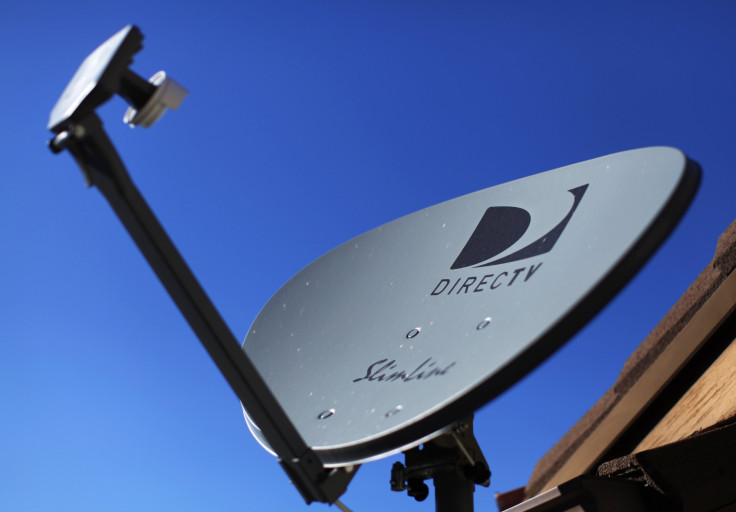Why The DIRECTV Now Streaming Service Is Losing Customers And Subscriptions

This article was originally published on the Motley Fool.
Just a bit more than a month after launching, DIRECTV Now had already attracted over 200,000 subscribers. AT&T (NYSE:T) executives said the launch quickly exceeded signup expectations. Indeed, it wasn't long before customers complained about technical issues on the linear TV streaming service as it buckled under the bandwidth demand from subscribers.
AT&T hasn't provided any updates since January, but a recent report from Bloomberg says DIRECTV Now lost 3,000 subscribers in February and stayed roughly flat in March. Meanwhile, AT&T's satellite and U-Verse video services combined to lose 233,000 subscribers in the first quarter.
• Motley Fool Issues Rare Triple-Buy Alert
AT&T management argues that DIRECTV Now is not intended to be a replacement for DIRECTV satellite service. It's intended to attract a group of consumers who didn't have access to DIRECTV before, such as apartment dwellers and cord-nevers who primarily consume video on mobile.
Regardless, it seems DIRECTV Now isn't doing a very good job at either.
Came for the signup offer, but the service wasn't good enough to stay
AT&T's success in the first month of service, accompanied by a huge dropoff in subscriber growth, indicates that a lot of customers are abandoning the service after trying it out. AT&T offered new customers a lot of incentive to sign up early, but the service wasn't good enough for them to stay.
First, it offered a $35 special on a bundle of channels it regularly charges $60 a month for. That price is good for the customer's lifetime, so it encourages people to stick with DIRECTV Now for the long term.
On top of that, customers who committed to three months of service received a free Apple TV device that retails for $150. Seen another way, it was offering Apple TV devices for $105 with three free months of DIRECTV Now. It had a similar promotion going on with Amazon.com's Fire TV Stick.
Considering the technical glitches in AT&T's streaming service, it's no wonder many customers are abandoning the service after fulfilling their three-month commitment. The timing of Bloomberg's report works out perfectly, as most people signed up in November and December last year, which would have their contracts ending in February or March.
The worst may be behind it
DIRECTV Now's Apple TV promotion expired at the end of March, so it has at most one more month of customers sticking around for the company's generous signup offer. Most likely, the worst is behind it. Still, that also means AT&T is unlikely to see the same kind of demand it saw in December, which will make its continued growth difficult.
• This Stock Could Be Like Buying Amazon in 1997
That said, AT&T has "pulled back" on promoting DIRECTV Now after the initial rush of sign-ups, according to CEO Randall Stephenson. It has to fix all the technical problems with the service first before moving forward. It's also working on building out new features such as a cloud DVR, which is common among competing services such as Hulu and PlayStation Vue. When AT&T is again ready to push DIRECTV Now, growth could reaccelerate -- but we'll have to wait and see.
The trend is still bad for AT&T
AT&T is the largest pay-TV provider in the U.S., and cord-cutting hasn't been kind to it recently. As mentioned, it lost 233,000 subscribers in the first quarter, and it's unlikely DIRECTV Now made up for that loss, based on Bloomberg's report.
More importantly, the revenue and profits from a service like DIRECTV Now can't make up for the loss of its satellite subscribers. DIRECTV Now starts at just $35 per month, while satellite customers pay closer to $100 per month when you factor in all the extra taxes and fees. AT&T will argue that the overhead on the streaming service is much lower, as there's no installation or hardware cost and lower customer acquisition expenses. But that only begins to offset the matters of minuscule gross margin and lower revenue.
• 7 of 8 People Are Clueless About This Trillion-Dollar Market
In any event, even if AT&T can get DIRECTV Now subscriber growth back on track, its entertainment segment is still in trouble as more and more consumers cut the cord.
Adam Levy owns shares of AMZN and AAPL. The Motley Fool owns shares of and recommends AMZN and AAPL. The Motley Fool has a disclosure policy.




















